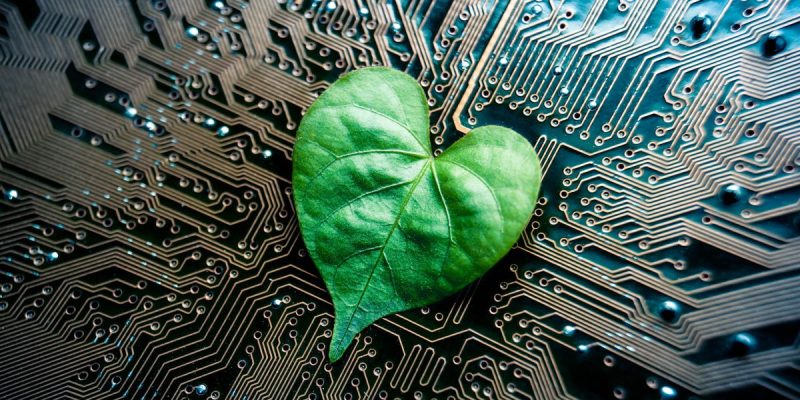This is going to hurt a few people. But maybe I have delusions, so it might not. Either way, I have a few things to say. I want to let out my thoughts on sustainability.
Smartphone companies have been touting their sustainability goals for years. They talk of using recycled materials, reducing waste, and implementing energy-saving features. Now, it’s time to stop pretending that a few green-tinted presentation slides and recycled packaging make their products good for the planet.
How much of this is just empty marketing speak, designed to make us feel better about our purchases? Let us talk about a few numbers.
The Numbers Ignored
Apple, for example, has pledged to become carbon neutral by 2030. The company claims to be committed to protecting the environment and minimizing its environmental impact. Yet, every latest iPhone 14 released generates a staggering 61kg of carbon emissions throughout its lifetime. Of these emissions, 79% are created during the production process.
What’s more, Apple’s gross emissions totaled a whopping 23.2 million metric tons of carbon dioxide for the year 2021. This is an astronomical amount.
The Galaxy S23 Ultra from this year is Samsung’s latest flagship device. It uses recycled plastics from discarded PET bottles in the back glass and front case, and recycled aluminum in the side key, volume key, and SIM tray. The front and back glass have an average of 22 percent of recycled content, according to Samsung.
Since 2009, Samsung says it has reused over 276,000 tons of recycled plastics globally in products and is on track to double that number by 2030.
According to the World Bank, we generate 2.12 billion tons of waste globally each year. This means that the amount of recycled plastic Samsung has used over the past 12 years represents only a tiny fraction of total waste production – approximately 0.01%. I don’t think this is something you should dedicate over 10 seconds of your launch event towards.
Accessories and Upgrades
Meanwhile, these same companies have stopped including accessories like chargers and earphones with new devices. They call this a sustainability measure, and I cannot help but laugh at this lie. This move is not entirely driven by sustainability concerns, but by cost-cutting measures and a desire to increase profits.
Companies save money by not including accessories in the box, and encourage users to purchase additional accessories separately. This creates additional packaging waste and transportation emissions.
Further, Apple and “friends” continue to release new versions of these phones and devices every year. These new models come with only minor upgrades. They proceed to aggressive campaigns, encouraging users to upgrade and replace their devices frequently, contributing to electronic waste.
True Sustainability
According to a study conducted by McMaster University, the production of a smartphone generates over 85% of its lifetime CO2 emissions. The International Energy Agency (IEA) has estimated that extending the average lifetime of a smartphone from the current 2.3 years to 3.3 years could reduce the carbon footprint of smartphones by 30%.
The numbers show it, extending the lifetime of individual phones is essential to reducing emissions. Quick math, as it reduces the need for new devices to be produced. True sustainability is at extending the useful life of each phone. Only then can the environmental impact of the entire smartphone industry reduce.
Addressing software support and security is very essential to prolonging the life of smartphones. Ensuring that older devices can still receive software updates and security patches is important not only for extending the lifespan of the device but also for increasing the resale value of the device.
A truly sustainable product or industry requires a holistic approach to sustainability that considers the entire lifecycle of the product, from its design and manufacturing to its use and disposal. This involves incorporating sustainable materials and manufacturing practices, reducing energy consumption during use, promoting repairability and upgradability, and responsible disposal or recycling at the end of the product’s lifespan.
Ultimately, the most sustainable phone is still the one in your pocket. It’s the one you already own and use every day. So instead of upgrading to the latest and greatest every year, let’s focus on making our current devices last as long as possible.






Comments